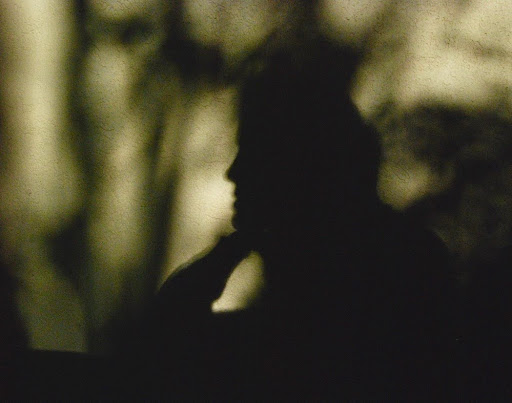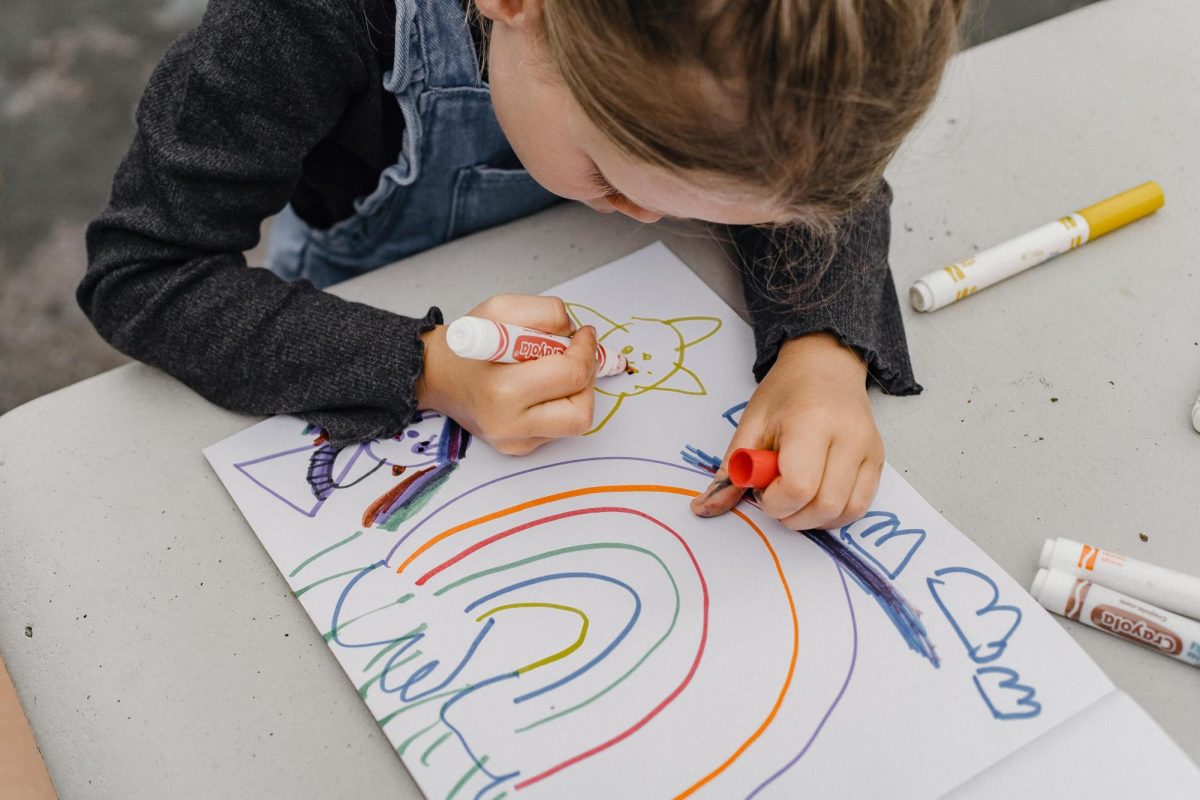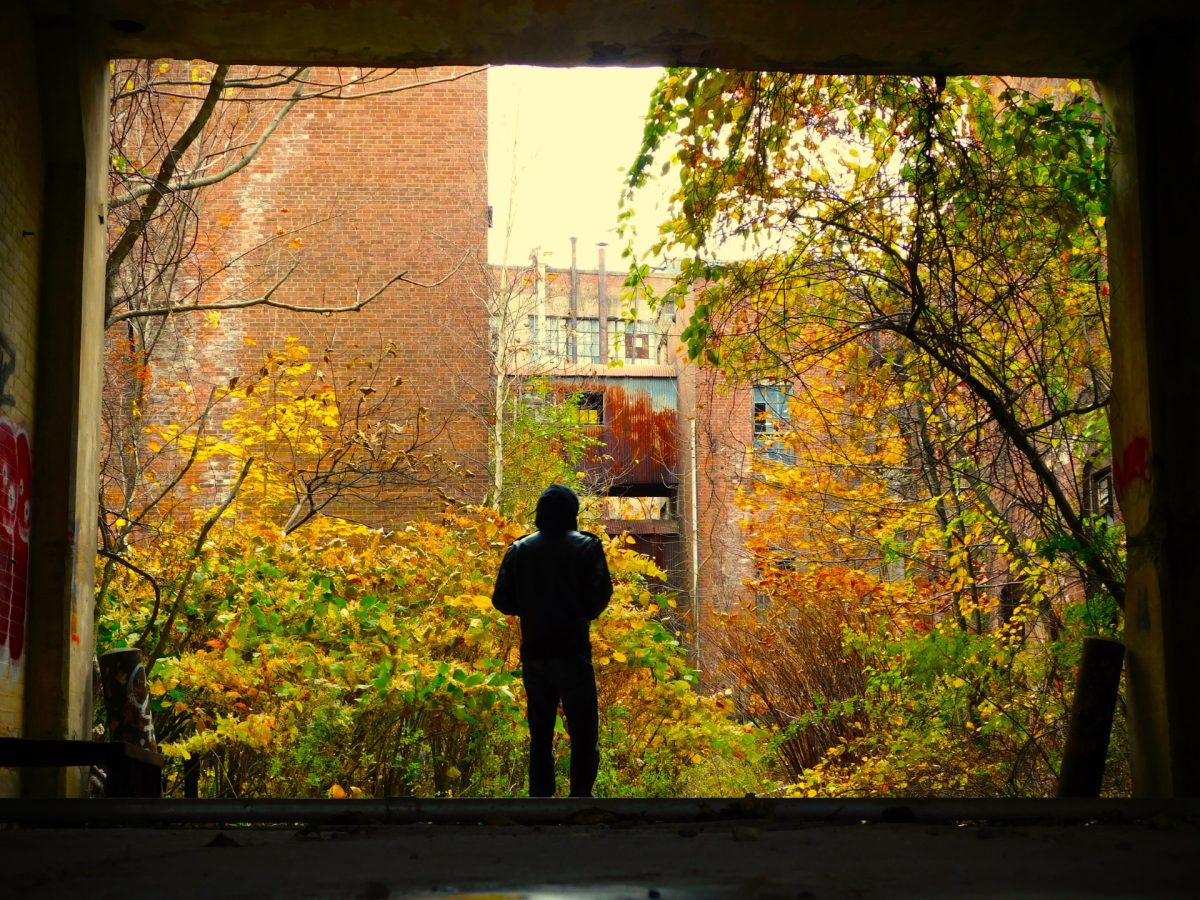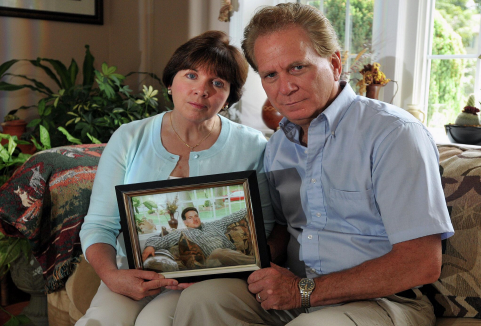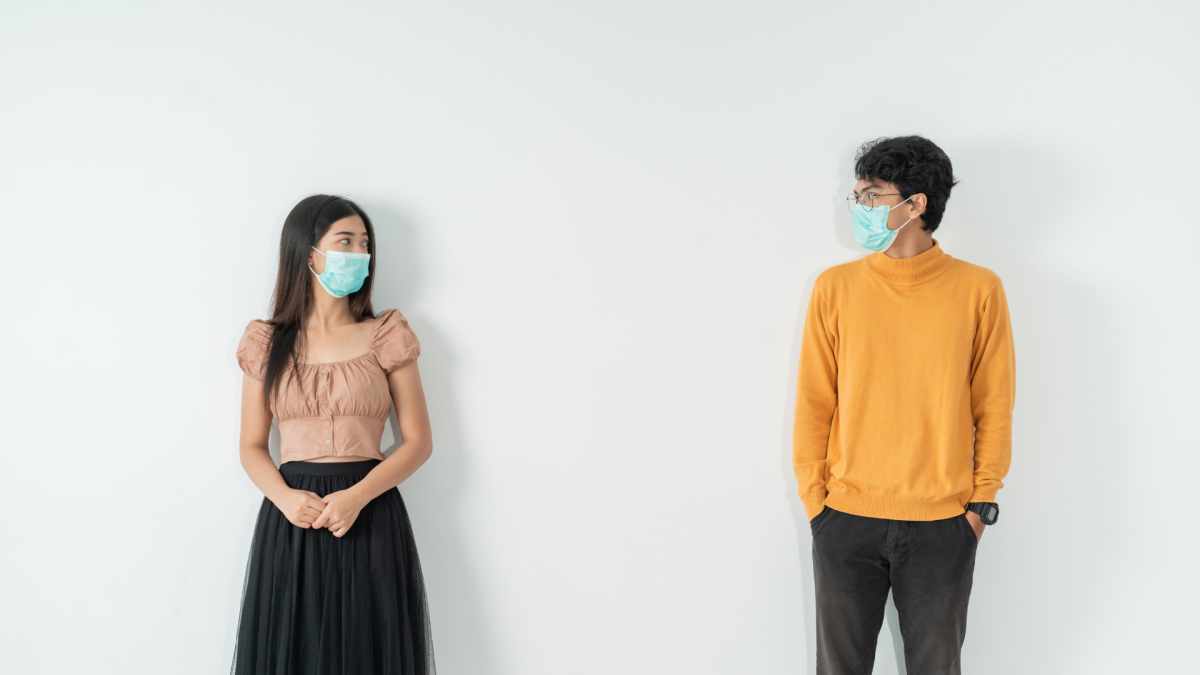COVID-19 has changed what college life looks like for many students. Many colleges, such as the University of New Haven, have regularly released guidelines detailing mask and vaccine requirements, quarantine protocols, and class cancellation procedures. With no end in sight for COVID-19, it is uncertain how long these guidelines and protocols will remain in place. Additionally, a new COVID-19 variant has caused new concerns to arise over states and other universities and colleges removing their mask mandates. These concerns include possibilities the variant could be more contagious, cause worse symptoms, and more easily evade the COVID-19 vaccines. The question then becomes: how has COVID-19, and, by extension, the guidelines that have been enacted, affected undergraduate students at universities across the United States?
COVID-19 has sent schools reeling in an attempt to both keep their students safe and continue classes in a fashion that is as close to normal as possible. There haven’t been many studies on the long- term effects of COVID-19 on college students yet, but looking at the lives and grades of students can give some insight into how they have been affected. A survey of 14,000 students from 232 colleges found that more than 85% of students felt like they had performed worse in school during COVID-19.
In another study, this time of community colleges in Virginia, Annenberg Brown University posited that one reason for this worsened performance is the abrupt switch from in-person classes to virtual classes in the middle of the Spring 2020 semester. Many students were found to perform worse in online classes than in-person ones, with some even having to delay graduation, change courses, or withdraw from courses entirely. With the major negative effects of online classes on students, it would not be surprising if there is a higher rate of students taking 5 or more years to graduate in the future.
The New York Time’s most recent analysis of COVID-19 cases at universities in the United States, which was released in May 2021, showed that 700,000 students had tested positive. This number has most likely only grown higher in recent years. A positive COVID-19 diagnosis for a college student can mean, depending on their vaccination status, having to do online classes only during quarantine or, at worst, ending up in the hospital. At the University of New Haven, students have to quarantine for 5 days after a positive result or a close-contact with someone who has COVID-19. While this is essential in protecting the help of other students on campus, particularly when they are immunocompromised, it does also lead to potential missed class time, particularly if a professor does not offer an online option to take class. This could then cause absences to accumulate on their record, something that no student wants, particularly if there’s many for a single class.
A final aspect of college life that has been changed by COVID-19 is social gatherings. The University of New Haven’s current policy is that, during green status, students can have visitors in their dorms as long as those visitors are also students at the university. Masks have to be worn indoors, and three feet of social distancing is required. However, at the peak of the pandemic, when the university was in red or orange status, all classes were online, students could not have visitors, and RSOs and other groups could not have indoor or outdoor meetings. This could have led to more social isolation, as students could only easily socialize with the people they lived with.
This Washington Post article from 2021 discusses how the Center for Collegiate Mental Health at Pennsylvania State University conducted a study of 43,000 college students who received treatment through counseling centers during the Fall semester of 2020. 72% of students reported negative mental health, 68% reported trouble staying motivated or focused during class, and 67% reported feelings of isolation.
With the newly discovered BA.2 variant, the end of COVID-19 is uncertain. While this pandemic has gone on for almost two years, no one can say what long-term effects it will have on college students after the pandemic is over or when COVID-19 becomes endemic in the future.
Whether it is academic achievement, workplace readiness or just overall mental and physical health, the conditions that college students have faced over the past two years are only producing acute issues now; in the years following the end of the pandemic, such experiences will still impact the population, including any newly enrolled undergraduate and graduate students. Community colleges and universities will not only have to be prepared for this but also have to answer for how they handled the pandemic and how their student body might be further affected in the coming months and any possible variants in the future.




